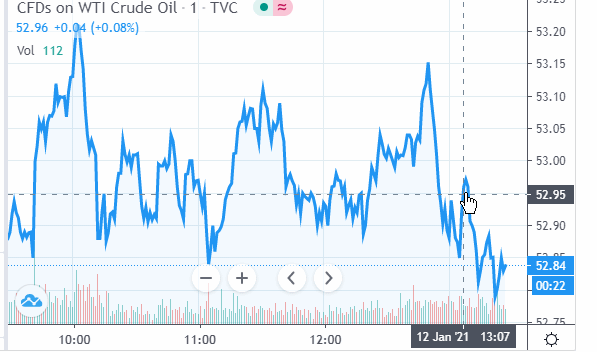The oil price rally continues and the fluctuations that we saw on Monday can be mainly attributed to the relative strength of the US dollar – a development that some analysts see as a correction.
Normally, there has been an inverse relationship
between the strength of the US dollar and the oil price: the stronger the
dollar, the lower the price of a barrel of crude oil.
The oil price on Tuesday, however, continued to
rise, perhaps reflecting the real fall of supply and other key factors that potentially
influence the markets:
· Followed
by Saudi Arabia and Iraq, the UAE and Kuwait also raised the crude oil price
for Asia
· The
daily output cut of 1 million barrels a day by Saudi Arabia
· Due
to a severe cold snap, Kazakhstan could not contribute its hike in output, a
part of modest 75,000 barrels per day along with Russia that was agreed upon at
the recent OPEC+ meeting
· Unusually
cold weather in some parts of Asia, especially in China and Japan
In another development, meanwhile, India announced
its oil consumption has fallen in 2020 for the first time in over 20 years, indicating
the impact of the Coronavirus on its economy.
India’s growth for the calendar year 2020 was -8.9%;
since its rural economy is much more resilient that that of the rest, the
figure will improve despite the spread of pandemic not being static.
President Trump at the height of his power used to
berate at the oil producers when the price of oil became very high, fearing it
would damage the US economy in particular and global economy in general; he did
in public first, and then must have used diplomatic channels to vent his fury.
The new US administration led by President-elect Joe
Biden is full of avowed green enthusiasts and will look at the production issue
from a different angle.
Since getting the economy back on track is a major
issue for them too, they may not allow oil price to make the upward trend
exponential, fearing a lasting damage to growth in the long run.
In this context, the shale producers can chip in to
fill the gaps in supply side of the equation and control the oil price to make
it sustainable and mutually beneficial to both producers and consumers.







